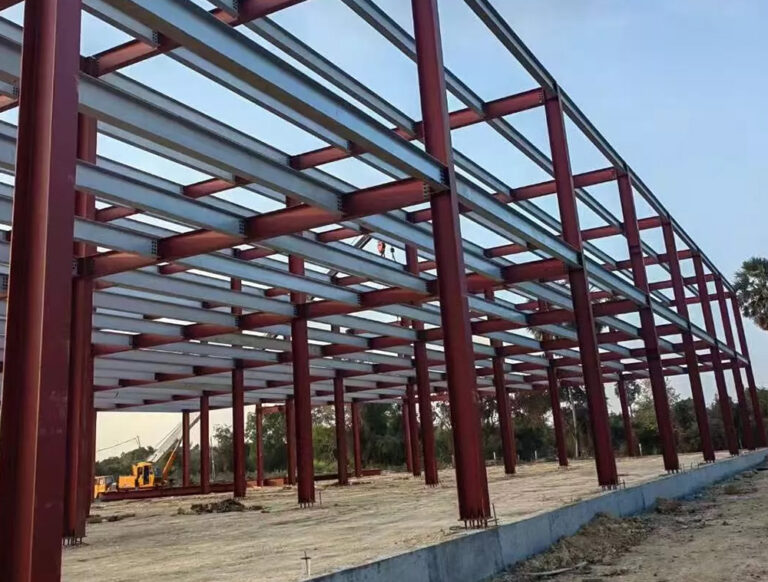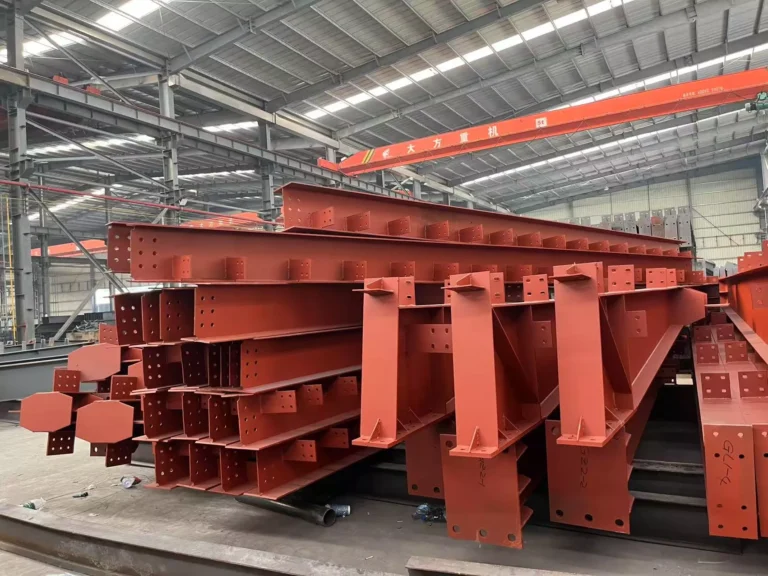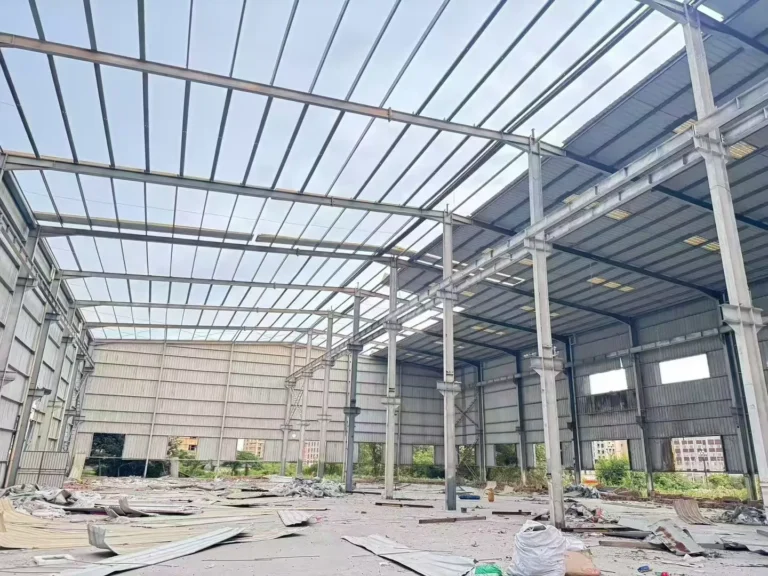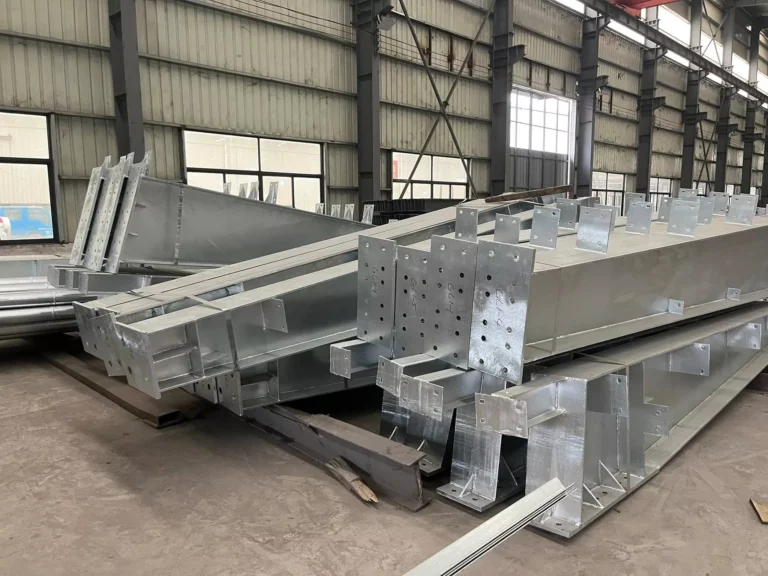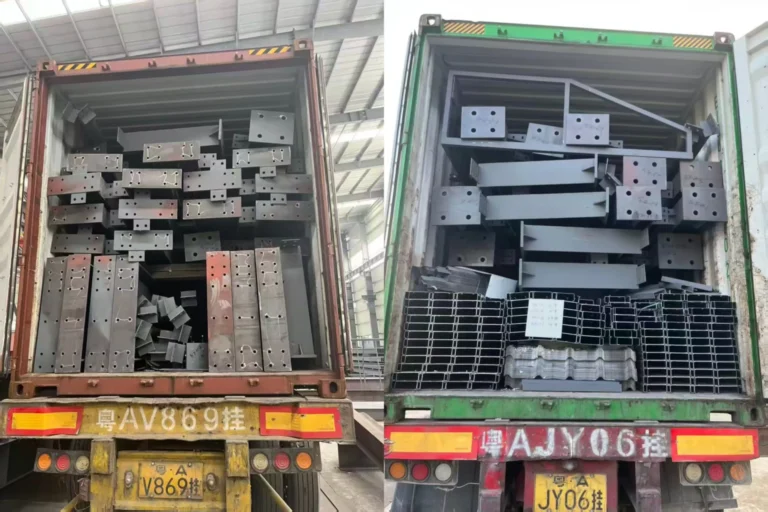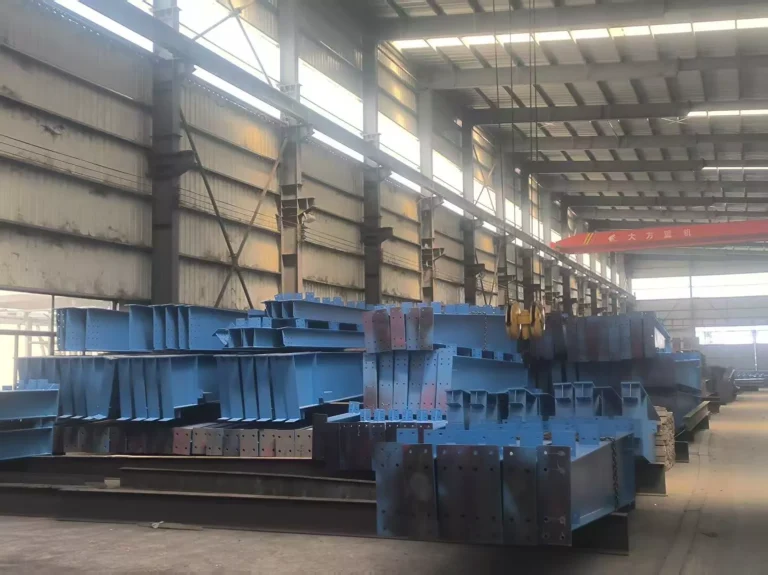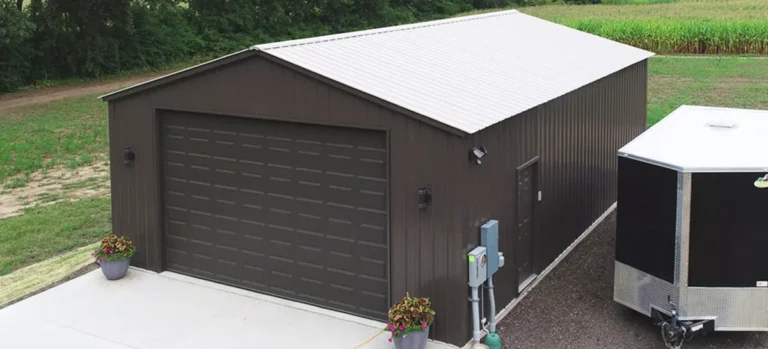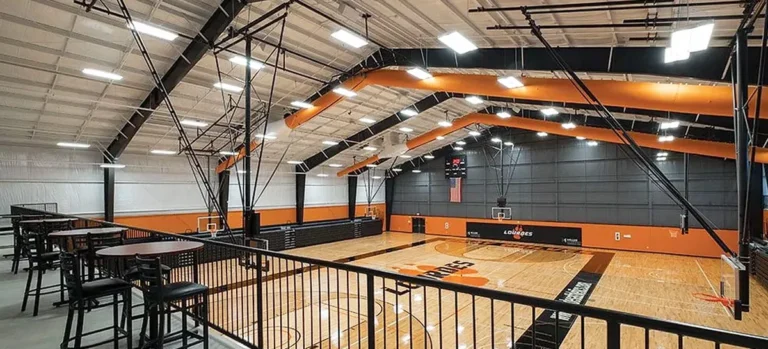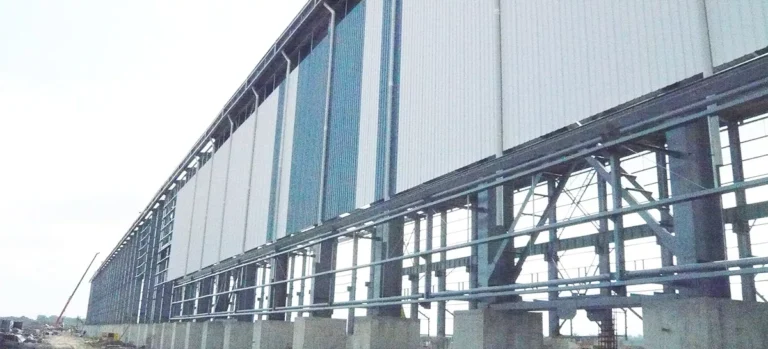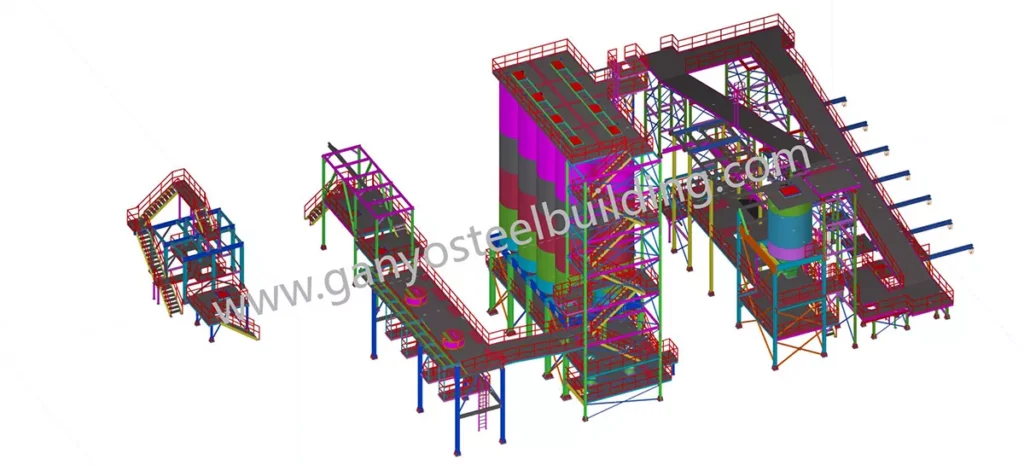
Sustainability has become a cornerstone of modern construction practices, driving the industry toward more eco-friendly methods and materials. As the demand for sustainable building solutions grows, steel structure platforms have emerged as a key component in creating environmentally responsible spaces. Their versatility, durability, and recyclability make them an ideal choice for projects aiming to minimize their environmental footprint. In this blog, we’ll explore the role of steel structure platforms in sustainable building practices and how they contribute to a greener future.
1. Recyclability and Resource Efficiency
Steel is one of the most recycled materials on the planet, with a recycling rate that often exceeds 90%. This makes steel an inherently sustainable building material, as it reduces the need for raw material extraction and minimizes waste.
Key Benefit: High Recyclability
Steel structure platforms are typically made from recycled steel, and at the end of their life cycle, they can be fully recycled again. This closed-loop system reduces the environmental impact associated with the production and disposal of construction materials, contributing to a more sustainable building process.
Key Benefit: Efficient Use of Resources
The production of steel platforms is highly efficient, with minimal waste generated during the manufacturing process. Additionally, the lightweight nature of steel reduces transportation costs and energy consumption, further enhancing its sustainability credentials.
2. Energy Efficiency in Construction
The energy used during the construction phase of a building project can significantly impact its overall environmental footprint. Steel structure platforms contribute to energy efficiency in several ways, both during installation and throughout the life of the building.
Key Benefit: Quick Installation
Steel platforms are often prefabricated, meaning they are manufactured off-site and assembled on-site. This method not only speeds up the construction process but also reduces the energy consumed on-site, such as the use of heavy machinery and tools. The quicker installation time also means less disruption to the surrounding environment.
Key Benefit: Lightweight Design
The lightweight design of steel platforms requires less energy for transportation and handling compared to heavier materials like concrete. This reduction in energy usage contributes to lower carbon emissions during the construction phase.
3. Durability and Longevity
Durability is a crucial factor in sustainable building practices, as materials that last longer reduce the need for repairs, replacements, and the associated environmental impacts. Steel structure platforms are known for their exceptional durability, making them a sustainable choice for long-term projects.
Key Benefit: Low Maintenance Requirements
Steel platforms are resistant to many of the issues that plague other building materials, such as rot, pests, and fire. This resistance means that they require less maintenance over time, reducing the use of additional resources and chemicals for upkeep.
Key Benefit: Extended Lifespan
With proper care, steel platforms can last for decades, making them a sustainable investment. Their long lifespan means fewer materials are needed over the life of the building, reducing the overall environmental impact.
4. Adaptability and Flexibility
Sustainable building practices often emphasize the importance of adaptability—creating spaces that can be easily modified or repurposed as needs change. Steel structure platforms excel in this regard, offering flexibility that supports sustainable development.
Key Benefit: Modular Design
Steel platforms can be designed as modular systems, allowing them to be easily reconfigured, expanded, or relocated. This adaptability means that buildings can evolve over time without the need for significant new construction, which can be resource-intensive.
Key Benefit: Future-Proofing
The adaptability of steel platforms also means they can be integrated with future technologies and systems, such as renewable energy installations or energy-efficient upgrades. This future-proofing aligns with sustainable building practices that aim to minimize environmental impact over the long term.
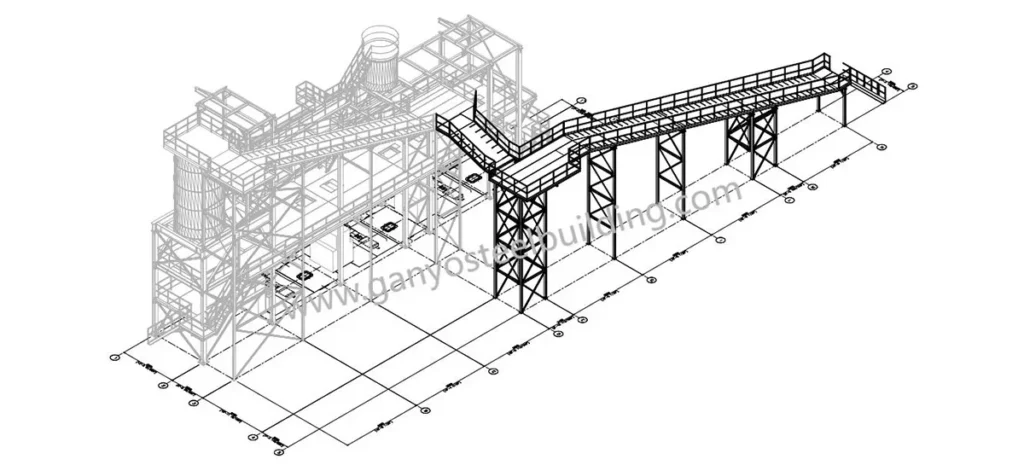
5. Minimizing Construction Waste
Construction waste is a major environmental concern, contributing to landfill use and resource depletion. Steel structure platforms help minimize waste both during construction and at the end of a building’s life cycle.
Key Benefit: Precision Manufacturing
Steel platforms are manufactured to precise specifications, which minimizes the amount of material wasted during production. The prefabrication process also ensures that less waste is generated on-site, contributing to cleaner and more sustainable construction practices.
Key Benefit: Reusability
At the end of their useful life, steel platforms can be disassembled and reused in other projects, further reducing waste and promoting a circular economy. This reusability makes steel platforms an excellent choice for sustainable building initiatives.
6. Supporting Green Building Certifications
For projects seeking green building certifications, such as LEED (Leadership in Energy and Environmental Design), steel structure platforms can play a vital role in achieving these standards. Their sustainable attributes contribute to various criteria, including material sourcing, energy efficiency, and waste reduction.
Key Benefit: Contribution to LEED Credits
Steel platforms can contribute to LEED credits in several categories, such as Materials and Resources, Energy and Atmosphere, and Indoor Environmental Quality. By choosing steel platforms, builders can support their efforts to achieve green building certification and demonstrate their commitment to sustainability.
Conclusion
Steel structure platforms are more than just a practical building solution—they are a critical component of sustainable building practices. Their recyclability, energy efficiency, durability, and adaptability make them an ideal choice for projects aiming to minimize their environmental impact and contribute to a greener future.
As the construction industry continues to evolve towards more sustainable practices, steel platforms will play an increasingly important role in shaping the buildings of tomorrow. If you’re looking to incorporate sustainable solutions into your next project, consider the many benefits of steel structure platforms.
For expert advice and custom solutions that align with your sustainability goals, contact Ganyo Steel Structure today. Email: lizzy@ganyosteelbuilding.com

